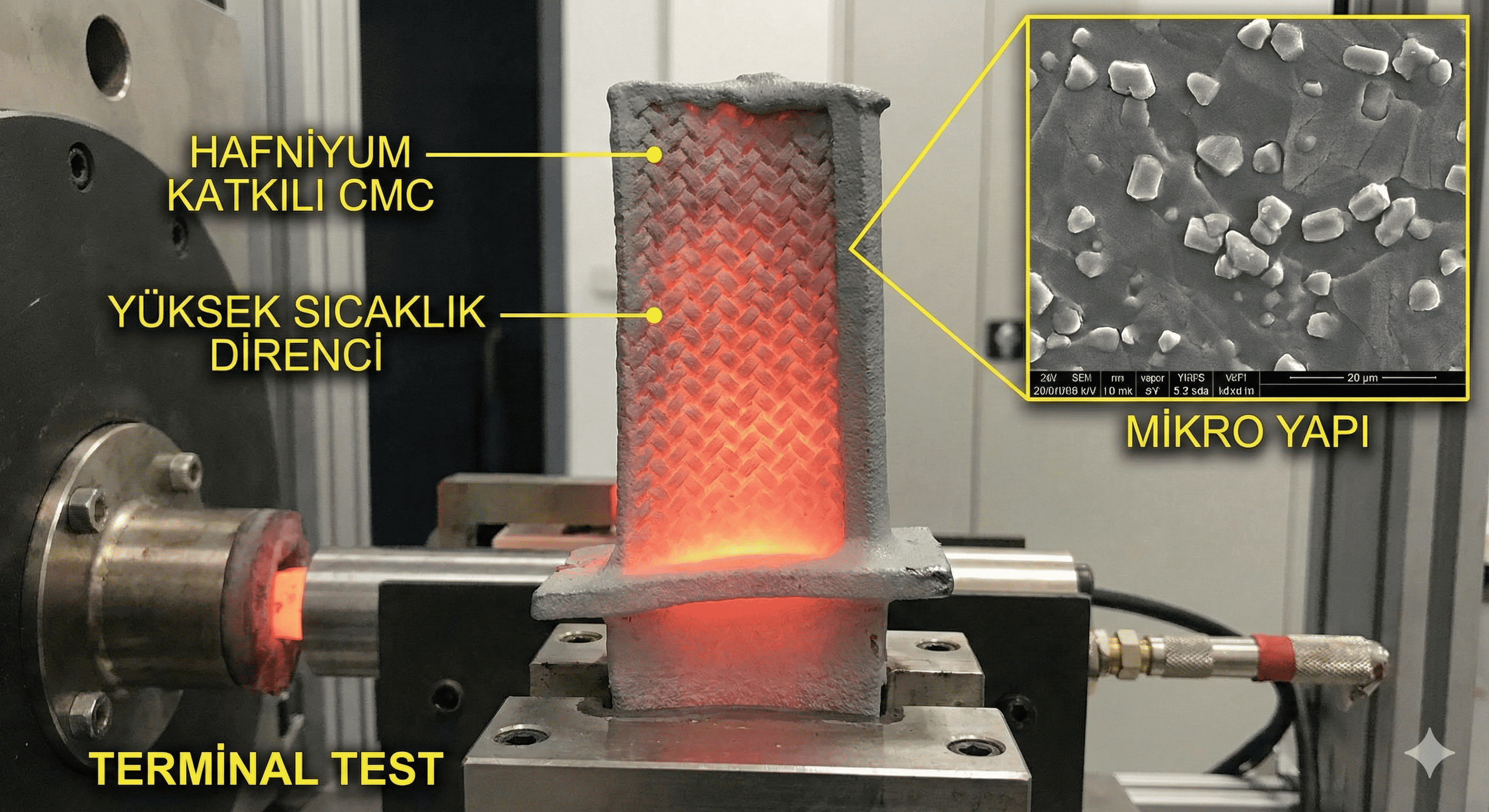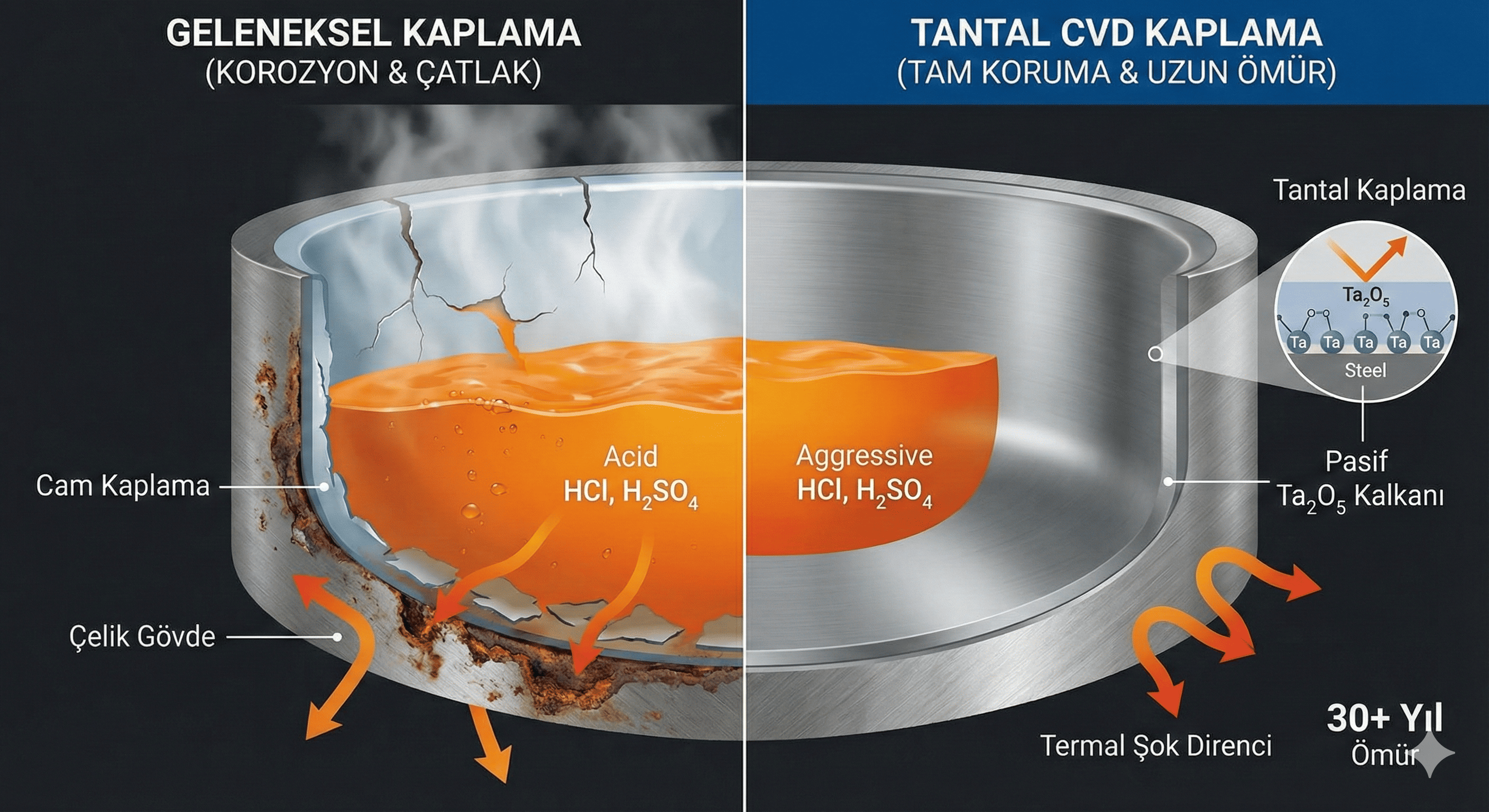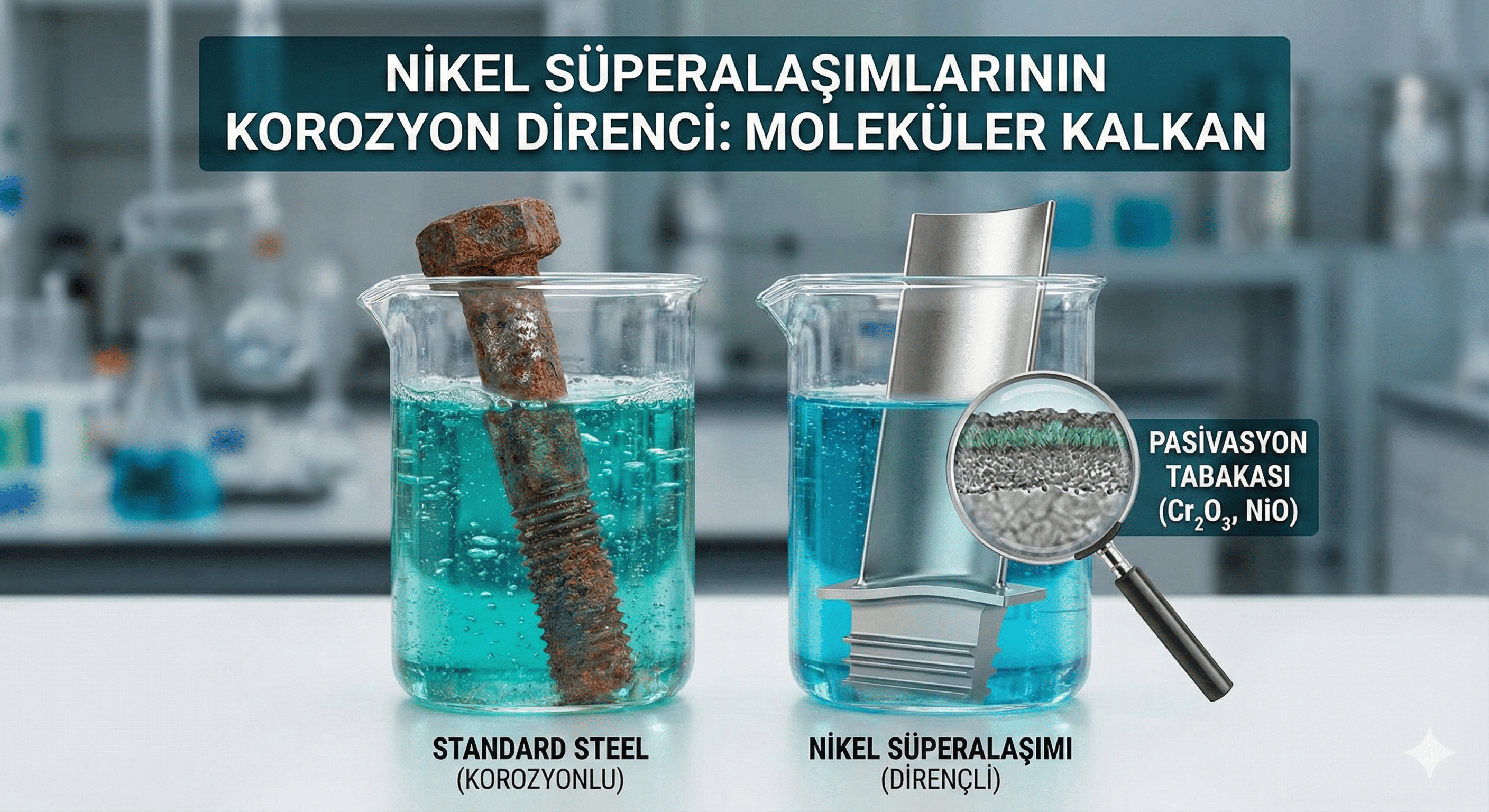Tin Oxide Nanoparticles: Properties, Synthesis, and Applications
Introduction
Tin oxide nanoparticles (SnO² NPs) are nanoscale particles of tin dioxide, a compound of tin and oxygen. Known for their unique electronic, optical, and catalytic properties, tin oxide nanoparticles are widely used in various advanced technologies and industrial applications. Their small size and high surface area-to-volume ratio enhance their reactivity and performance in numerous fields.
Chemical Properties
- Composition: Tin oxide nanoparticles are composed of tin and oxygen in a 1:2 ratio, with the chemical formula SnO². They can exist in various crystal forms, with the most common being the tetragonal rutile phase.
- Reactivity: Tin oxide nanoparticles are chemically stable and exhibit good resistance to acids and bases. However, they can react with strong acids and bases to form tin salts. Their surface reactivity can be beneficial for catalytic applications but may require stabilization in some environments.
- Surface Chemistry: The surface of tin oxide nanoparticles can be modified through various methods to enhance their stability or functionality. Functionalization with organic or inorganic groups can improve their compatibility with other materials or increase their effectiveness in applications such as sensors and catalysis.
Physical Properties
- Size and Shape: Tin oxide nanoparticles typically range in size from 1 to 100 nanometers. They can have various shapes, including spherical, rod-like, or nanowire forms. The size and shape of the nanoparticles significantly influence their properties and applications.
- Density: The density of tin oxide nanoparticles is lower than that of bulk tin oxide due to their high surface area and potential porosity. This property can affect their behavior in applications such as catalysis and electronics.
- Mechanical Properties: Tin oxide nanoparticles exhibit different mechanical properties compared to bulk material, including altered hardness and flexibility. These properties are influenced by the size, shape, and surface characteristics of the nanoparticles.
- Thermal Properties: Tin oxide nanoparticles have high thermal stability with a melting point of around 1,800°C (3,272°F). They are resistant to thermal degradation and can maintain their properties at elevated temperatures.
- Optical Properties: Tin oxide nanoparticles have interesting optical properties, including strong light absorption in the ultraviolet (UV) and visible regions. They exhibit UV-visible absorption and photoluminescence properties, making them useful in optical and photonic applications.
Synthesis Methods
- Chemical Vapor Deposition (CVD): CVD involves the deposition of tin precursors onto a substrate in a high-temperature reaction chamber. The tin precursors react with oxygen to form tin oxide nanoparticles. This method allows for precise control over particle size and morphology.
- Sol-Gel Method: In the sol-gel process, tin precursors are dissolved in a solution to form a gel, which is then dried and calcined to produce tin oxide nanoparticles. This method is versatile and allows for the synthesis of nanoparticles with controlled size and distribution.
- Hydrothermal Synthesis: Tin oxide nanoparticles can be synthesized using hydrothermal methods, where tin salts and other reagents are reacted in an aqueous solution under high temperature and pressure. This method produces high-purity nanoparticles with controlled characteristics.
- Chemical Reduction: Tin oxide nanoparticles can be produced by chemically reducing tin salts using reducing agents in a solution. The reduction process results in the formation of tin oxide nanoparticles, which can be further processed and stabilized.
- Laser Ablation: In laser ablation, a tin target is irradiated with a high-energy laser in a vacuum or inert gas environment. The laser ablation process generates tin vapor that condenses into nanoparticles upon cooling.
- Microemulsion Method: This method involves dispersing tin precursors in a microemulsion system, where chemical reactions lead to the formation of tin oxide nanoparticles. The size and shape of the nanoparticles can be controlled by adjusting the microemulsion properties.
Applications
- Catalysis: Tin oxide nanoparticles are used as catalysts or catalyst supports in various chemical reactions, including oxidation and reduction processes. Their high surface area and catalytic activity make them effective in environmental and industrial catalysis.
- Sensors: Due to their sensitivity to gases and environmental changes, tin oxide nanoparticles are employed in sensors for detecting gases such as NO², CO, and ethanol. They are used in gas sensors and environmental monitoring devices.
- Electronics: In electronics, tin oxide nanoparticles are used in transparent conductive coatings, touchscreens, and display technologies. Their electrical conductivity and optical transparency make them suitable for these applications.
- Energy Storage: Tin oxide nanoparticles are utilized in energy storage devices, such as lithium-ion batteries and supercapacitors. Their high surface area and electrochemical properties enhance the performance of these devices.
- Optical and Photonic Devices: The optical properties of tin oxide nanoparticles make them suitable for use in optical coatings, photonic devices, and UV protection. They are used in applications requiring UV shielding or light manipulation.
- Biomedical Applications: Research is ongoing into the use of tin oxide nanoparticles in biomedical fields, including imaging and drug delivery. Their biocompatibility and ability to be functionalized make them potential candidates for these applications.
Safety and Handling
- Toxicity: Tin oxide nanoparticles are generally considered to have low toxicity. However, inhalation of fine dust or prolonged exposure should be avoided. Proper safety measures should be followed to minimize health risks.
- Protective Measures: When handling tin oxide nanoparticles, use appropriate personal protective equipment (PPE) such as dust masks, safety goggles, and gloves. Work in a well-ventilated area or fume hood to reduce exposure to airborne particles.
- Storage: Store tin oxide nanoparticles in airtight containers to prevent contamination and moisture absorption. Keep them in a cool, dry place to maintain their stability and prevent degradation.
Conclusion
Tin oxide nanoparticles are versatile materials with a range of valuable properties, including high surface area, catalytic activity, and unique optical characteristics. Their applications span various fields, from catalysis and sensors to electronics and biomedical uses. Understanding their synthesis methods, properties, and safety considerations is crucial for effectively utilizing tin oxide nanoparticles in advanced technologies and industrial processes.
If you have more questions or need further details, feel free to ask!





